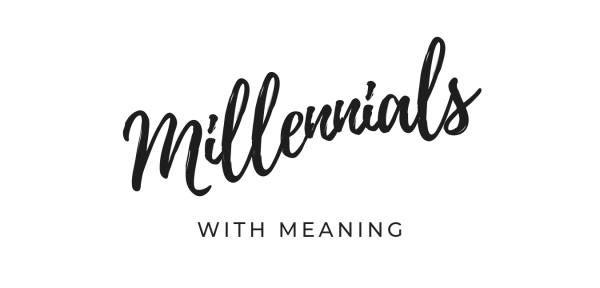


As an Amazon Associate, I earn from qualifying purchases. If you click through to Amazon and make a purchase, I may receive a small compensation, at no extra cost to you. That said, I only share products I truly like and think my readers can benefit from!
I’ve always been a reader.
I’ve always been a fast reader, too…in some areas.
Fiction was always my thing. I could plow through a novel in a few hours, soaking up every page because I was captivated by the story.
But reading for school? That was a whole different ballgame. Textbooks bored me to death. Biographies made me want to scream. Even the “classic” novels we had to read in school that were technically fiction were difficult for me to get through. They were so boooooring.
All through elementary school, high school, and college, I dragged through any book I was assigned to read. I’d read the same page over and over, struggling to absorb what I had just looked at five seconds ago, much less retain it. I couldn’t figure out how I could be such a good reader but still have such a hard time with the books I didn’t want to read.
As an adult, something shifted. I took a risk and bought a book that was nonfiction yet was still intriguing to me. The title? The Firstborn Advantage. I was in need of a self-esteem boost, the title spoke to me, and I figured I could at least give it a try. It’d probably end up in the garbage, but I decided to start reading and see how it went.
I loved it. That book told me everything I wanted and needed to hear as a firstborn and left me feeling so good about who God made me to be, as well as so educated about how to best function as a firstborn.
I couldn’t believe how much I loved a nonfiction book! This was a first for me…ever. At 23, people had tried to get me to read all kinds of nonfiction books in many different categories over the years, but I had never liked a single one. This one I loved.
I began to branch out more. I bought books on communication, relationships, personality, prayer, and speed-reading people. I found I liked almost all of them. When a book was about a topic that actually interested me, I miraculously found it easy to read and surprisingly worth my time.
I started grad school and I worried I’d fall back into the same old rut of laboring through textbooks I didn’t want to read. To my delight, that actually didn’t happen! Many of my assigned books turned out to be bestselling business books that contained at least some information I found interesting or helpful.
I made it through the few books that didn’t resonate with me by utilizing another key strategy: highlighting.
I’ve always hated marking up my books. I like keeping them in pristine condition so you can’t even tell they’ve been read. It irritates me like nothing else when people borrow my books and return them with coffee stains, wrinkled pages, and beat-up spines. Therefore, it was painful for me to take a highlighter to those beautiful pages, but I knew I needed to try it and see if it helped me.
It worked! Although I didn’t expect it to, highlighting really helped me stay focused on each page. When something important or interesting stuck out to me, I highlighted it. When I read something I wanted to remember or put into practice, I highlighted it. Soon each book was finished, and I’d actually made it through without wanting to tear it to shreds in frustration. I was actually retaining information! As a bonus, I could easily go back and reread the important parts at a later date, because I just needed to look for my highlights.
I wouldn’t have believed any of this was possible if it hadn’t been my own journey. I didn’t think all of these tactics would work, but they totally did. I went from hating nonfiction to speed-reading my way through it and actually enjoying it.
To review, here are my three best tips for becoming a faster reader:
If you feel like you’re a slow reader, don’t give up. This skill can be learned! I know so many people who started out as slow readers and eventually improved their speed with time and practice. You will, too!
Best of luck, and happy reading! If you have any good book recs in any category, drop ‘em in the comments!
